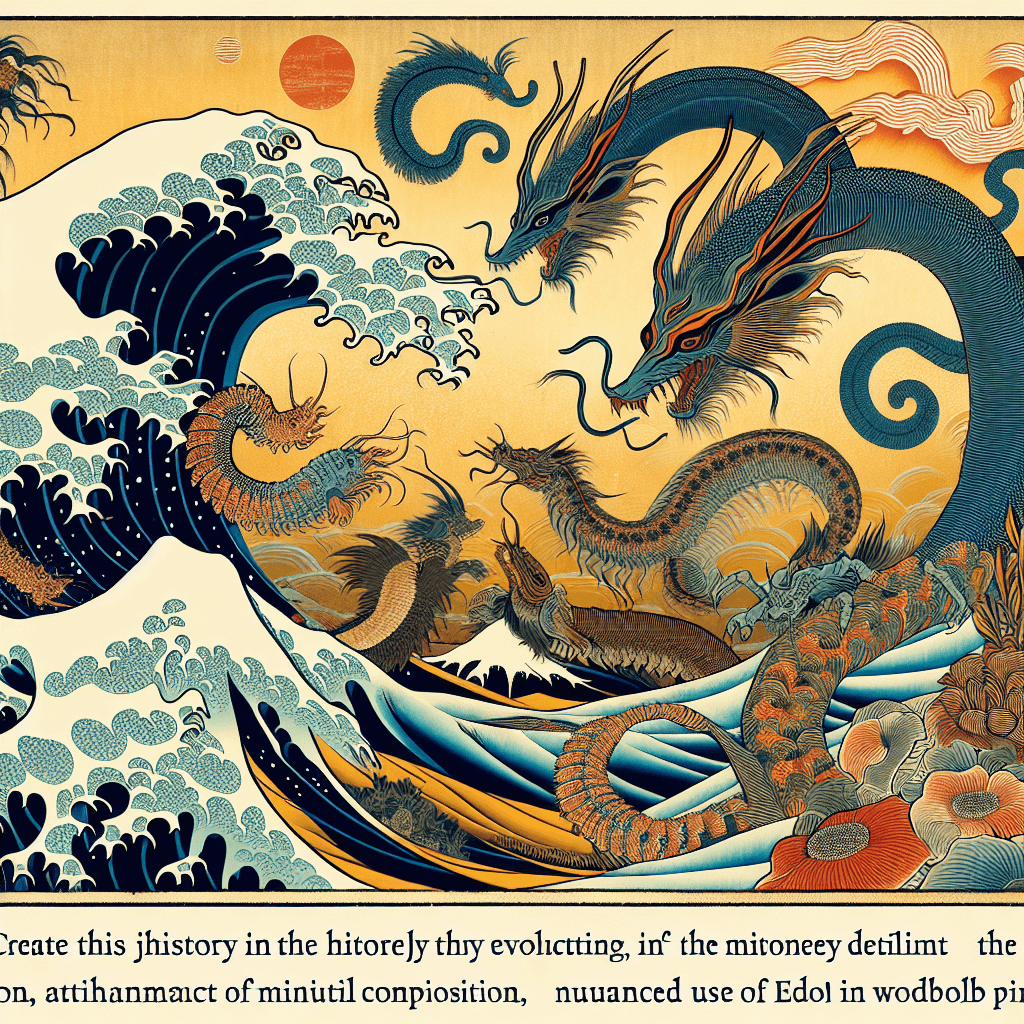The Wyrm's Path: Tracing T. gondii Through History
syndu | Oct. 3, 2024, 7:09 p.m.

The Wyrm's Path: Tracing T. gondii Through History
Introduction
In the vast tapestry of life on Earth, few organisms have woven themselves as intricately into the fabric of human history as Toxoplasma gondii. This microscopic parasite, often overshadowed by more notorious pathogens, has quietly influenced human societies and cultures for millennia. Its journey through history is a tale of discovery, adaptation, and the profound impact it has had on both human and animal populations.
Origins and Discovery
Toxoplasma gondii is believed to have originated millions of years ago, evolving alongside its feline hosts. The parasite's life cycle is a testament to nature's complexity, involving multiple hosts, with cats playing a pivotal role as definitive hosts. It wasn't until the early 20th century that T. gondii was formally identified. In 1908, Charles Nicolle and Louis Manceaux discovered the parasite in the tissues of a North African rodent, the gundi, which led to its naming. Around the same time, Alfonso Splendore independently identified the same organism in Brazil, highlighting its widespread presence.
Historical Accounts and Cultural Significance
Throughout history, T. gondii has been an unseen participant in human affairs. Its presence in ancient societies is inferred from the close relationship between humans and cats, which were revered in many cultures. In ancient Egypt, cats were considered sacred, and their role as hunters of rodents likely facilitated the spread of T. gondii. The parasite's influence extended beyond Egypt, as cats were domesticated and spread across the globe, carrying T. gondii with them.
"The cultural significance of cats, and by extension T. gondii, is evident in various myths and folklore. In medieval Europe, cats were often associated with witchcraft, and their mysterious nature was both feared and revered."
Geographic Spread and Epidemiology
T. gondii's ability to infect a wide range of hosts has contributed to its global distribution. As humans migrated and traded, they brought cats with them, facilitating the spread of the parasite. Today, T. gondii is found on every continent, with varying prevalence rates depending on cultural practices, climate, and dietary habits.
Epidemiological studies have shown that T. gondii infection is more common in regions where raw or undercooked meat is consumed, as well as in areas with high cat populations. The parasite's resilience and adaptability have allowed it to thrive in diverse environments, making it one of the most successful parasites in the world.
Conclusion
The history of Toxoplasma gondii is a fascinating journey through time, marked by its silent yet significant impact on human societies. From its ancient origins to its global spread, T. gondii has shaped human history in ways that are only now beginning to be understood. As we continue to unravel the mysteries of this enigmatic parasite, we gain insights into the complex interplay between humans, animals, and the microscopic world that surrounds us.
By tracing the path of T. gondii through history, we not only learn about the parasite itself but also about the broader narrative of human evolution and adaptation. This understanding can inform future research and public health initiatives, helping us to better manage the challenges posed by this ancient and enduring organism.




